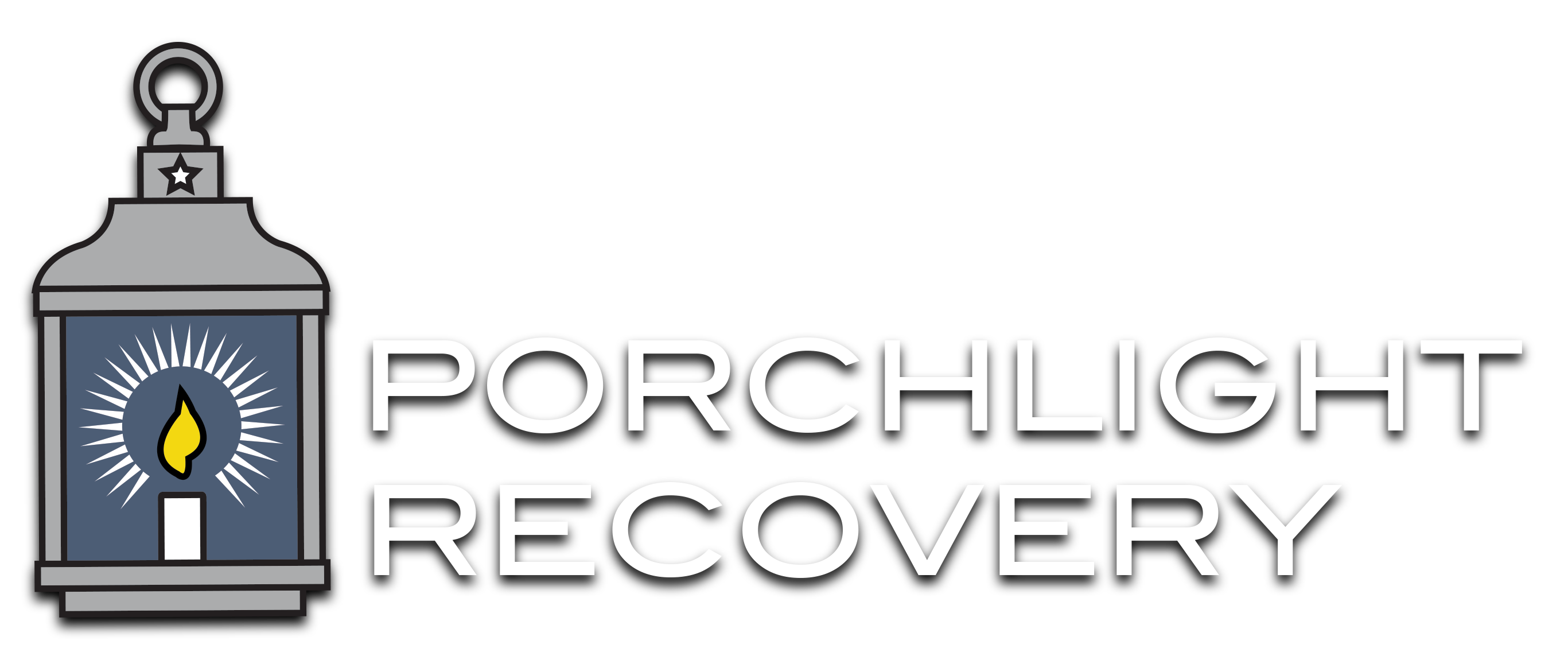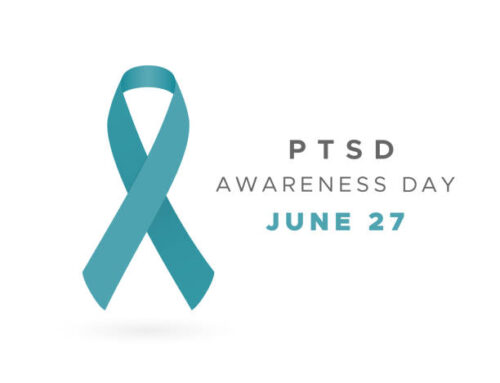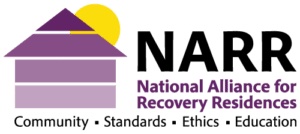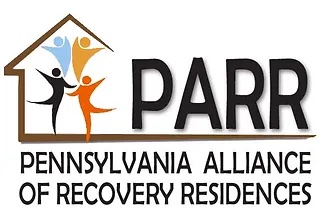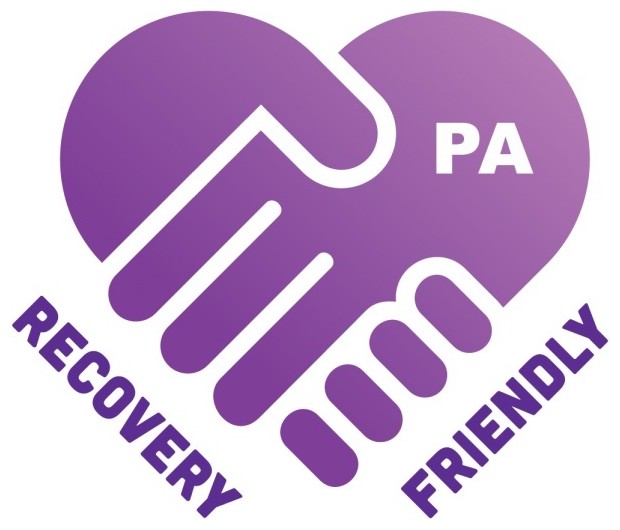The Differences Between Recovery Residences and Treatment Facilities
Recovery Residences and Treatment Facilities: What’s the Difference? In the journey towards overcoming addiction, individuals often encounter various types of support systems and treatment options. Two common resources on this path are recovery residences and treatment facilities. While both play vital roles in aiding individuals in their recovery journey, they serve distinct purposes and offer different levels of care. Understanding the differences between these two can help individuals make informed decisions regarding their recovery journey.
Recovery Residences:
Recovery residences, also known as sober living homes or halfway houses, provide transitional housing for individuals in recovery from substance abuse. These residences offer a supportive environment where residents can focus on maintaining their sobriety while transitioning back into society. Here are some key characteristics of recovery residences:
- Peer Support: Recovery residences emphasize peer support as a fundamental aspect of the recovery process. Residents live with others who are also committed to sobriety, creating a supportive community where individuals can share experiences, offer encouragement, and hold each other accountable.
- Structured Environment: While recovery residences offer more freedom compared to treatment facilities, they still maintain a structured environment to promote stability and accountability. Residents typically adhere to house rules, such as abstaining from drugs and alcohol, attending support meetings, and contributing to household chores.
- Continued Independence: Recovery residences are designed to help individuals transition from intensive treatment programs back into independent living. Residents are encouraged to seek employment or pursue educational opportunities while receiving support in managing daily responsibilities and building life skills.
- Relapse Prevention: These residences often provide resources and support for relapse prevention, such as access to counseling, support groups, and educational workshops. Residents learn coping strategies and develop skills to navigate challenges without turning to substances.
Treatment Facilities:
Treatment facilities, commonly referred to as rehab centers or addiction treatment centers, offer structured programs designed to address addiction through various therapeutic interventions. These facilities provide a higher level of care compared to recovery residences and cater to individuals with diverse needs. Here are some distinguishing features of treatment facilities:
- Intensive Therapy: Treatment facilities offer comprehensive treatment programs that may include individual therapy, group therapy, family therapy, and specialized interventions tailored to address the specific needs of each individual. These programs aim to uncover underlying issues contributing to addiction and provide strategies for recovery.
- Medical Supervision: Many treatment facilities have medical staff, including doctors, nurses, and therapists, who oversee the detoxification process and manage any medical issues related to addiction. Medical supervision ensures the safety and well-being of individuals undergoing treatment, particularly during the initial stages of withdrawal.
- Residential or Inpatient Programs: While some treatment facilities offer outpatient programs, many provide residential or inpatient programs where individuals reside at the facility for the duration of their treatment. This immersive environment allows individuals to focus solely on their recovery without distractions from the outside world.
- Holistic Approach: Treatment facilities often take a holistic approach to recovery, addressing not only the physical aspects of addiction but also the psychological, emotional, and spiritual dimensions. Therapy modalities may include cognitive-behavioral therapy, motivational interviewing, mindfulness practices, and holistic therapies like yoga or art therapy.
Make An Informed Decision:
Recovery residences and treatment facilities play distinct yet complementary roles in supporting individuals on their journey to recovery from addiction. While recovery residences, like PorchLight Recovery, offer a supportive and transitional living environment with a focus on peer support and independence, treatment facilities provide intensive therapeutic interventions and medical supervision to address addiction comprehensively. By understanding the differences between these two resources, individuals can make informed decisions that align with their needs and goals for recovery. Ultimately, both recovery residences and treatment facilities contribute to the overarching goal of helping individuals achieve lasting sobriety and improve their overall well-being. If you or your loved one needs help finding a treatment facility, help is available at Substance And Mental Health Services Administration (SAMHSA)
